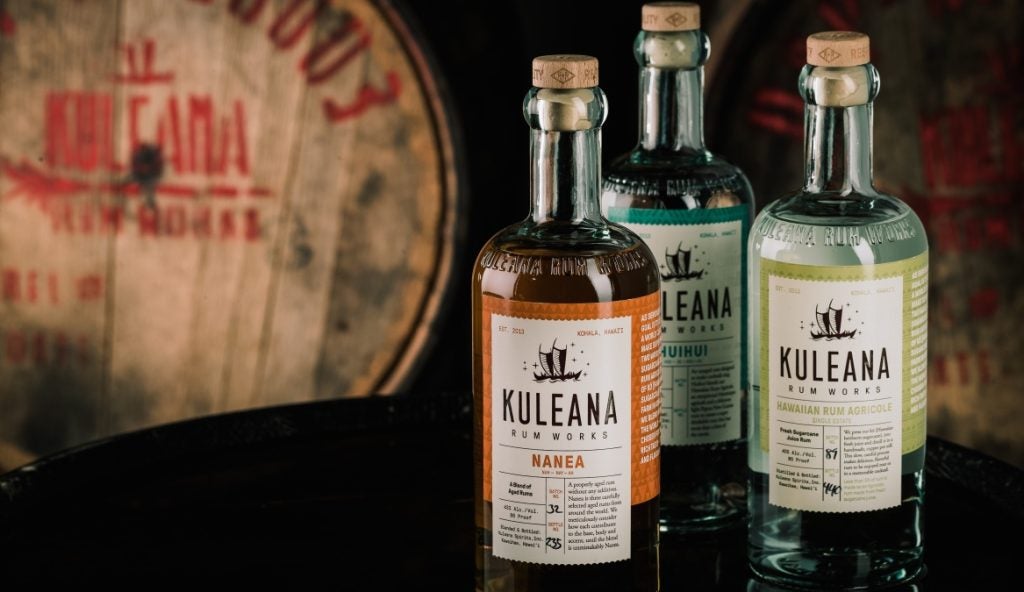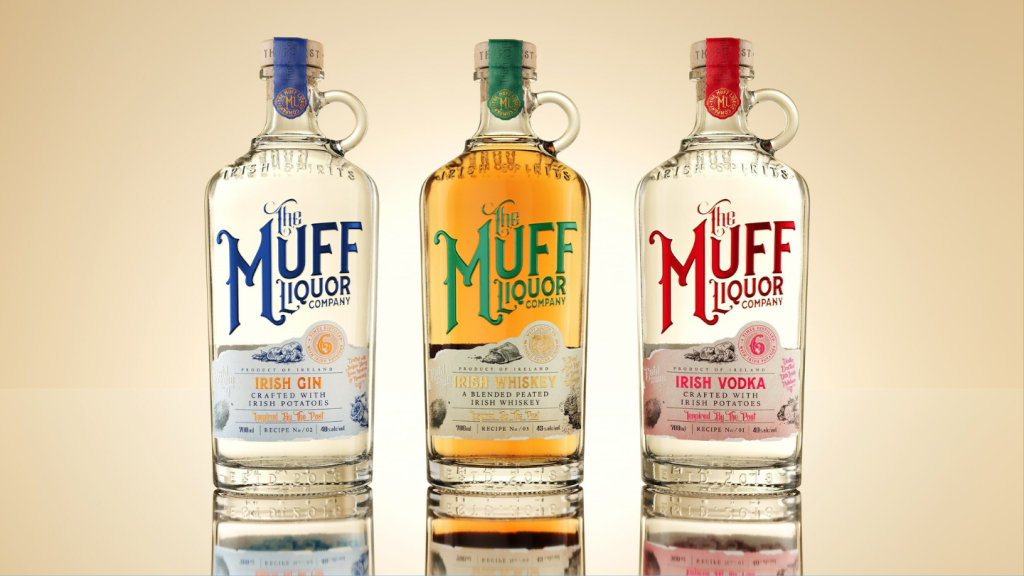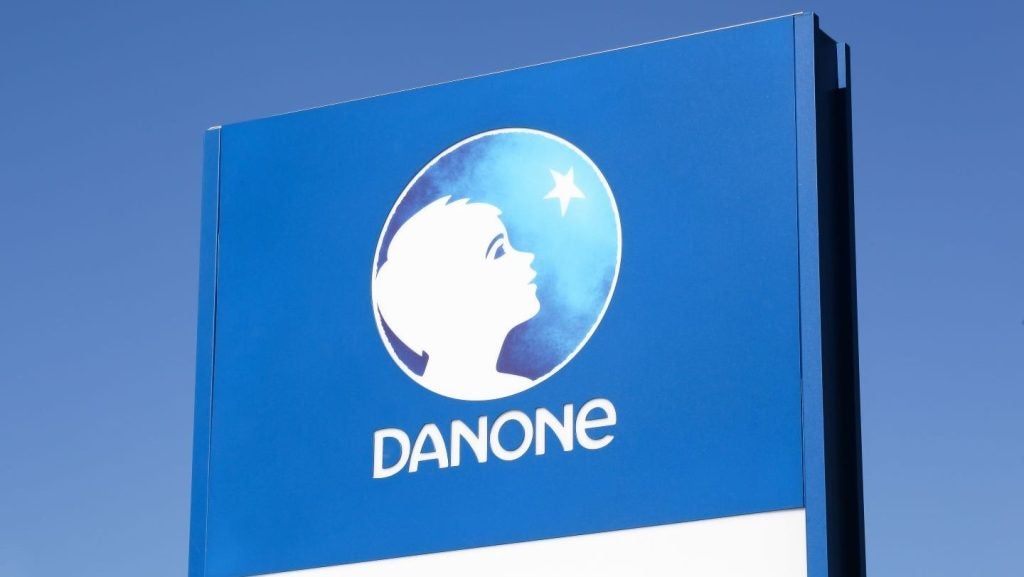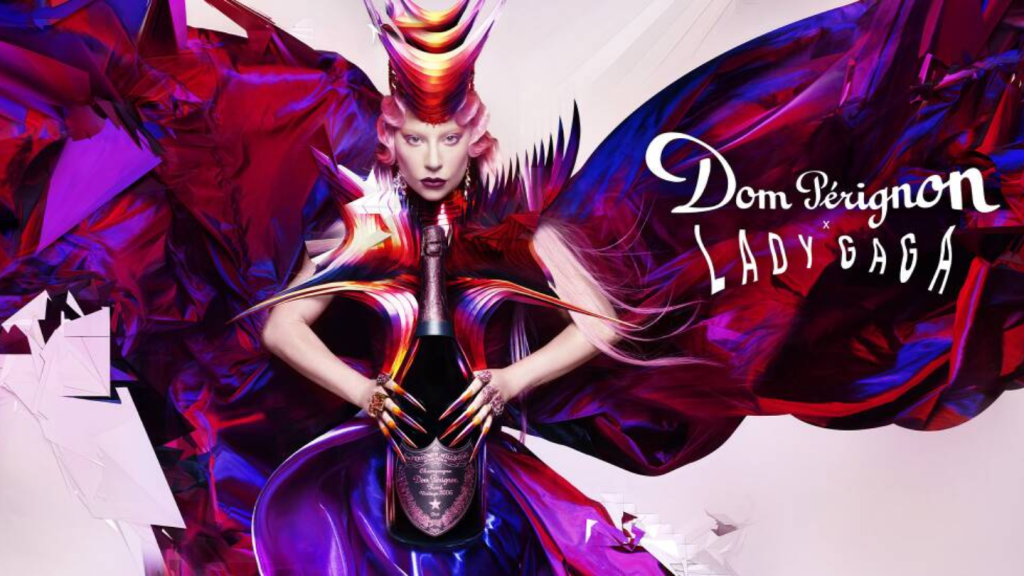 A stumbling economic environment, falling sales of Smirnoff Ice in the US and a £1.4 billion hit on the sale of Burger King should all have combined to give Diageo’s board a hangover to remember at last week’s interim results. But as Chris Brook-Carter reports, a sturdy underlying performance and faith in the company’s future has seen the market keep faith with Paul Walsh and Co.
A stumbling economic environment, falling sales of Smirnoff Ice in the US and a £1.4 billion hit on the sale of Burger King should all have combined to give Diageo’s board a hangover to remember at last week’s interim results. But as Chris Brook-Carter reports, a sturdy underlying performance and faith in the company’s future has seen the market keep faith with Paul Walsh and Co.
There was a strange atmosphere at Diageo’s interim results conference last week. These should not have been figures greeted with a great deal of cheer by anyone with a vested interest in the drinks industry, aside perhaps from the company’s bitterest rivals. Diageo, as the industry leader, has become something of a barometer for the overall health of the premium drinks sector and a pre-tax loss of £208m ($333m) should have been cause for concern.
Of course the one-off hit it took on the sale of its fast food chain Burger King was the primary cause for the downturn. It sustained a whopping £1.4 billion loss on that deal but news from other parts of the corporation was also not up to the levels the market has come to expect of the drinks giant.
The company had to admit that it would miss its net sales and operating targets for the full financial year. Stripping out £1.5 billion in exceptional charges, which includes the Burger King loss, underlying profits still rose only marginally from £1.228 billion to £1.295 billion. And net sales of its drinks brands were up only 4%, well below the targets the company set out for itself of between 8% to 10%. Full-year double-digit targets for organic growth are now highly unlikely. Indeed, finance director Nick Rose said that given the tough markets it would be “overly bold” to say when Diageo’s financial goals could be met again.
And on top of all this, the company’s prize product in the last two years, Smirnoff Ice, in its prize market, the US, had a terrible six months, with US sales down 8%, leading to drinks analyst Datamonitor to ask, “is the malternative boom dead?”
How well do you really know your competitors?
Access the most comprehensive Company Profiles on the market, powered by GlobalData. Save hours of research. Gain competitive edge.

Thank you!
Your download email will arrive shortly
Not ready to buy yet? Download a free sample
We are confident about the unique quality of our Company Profiles. However, we want you to make the most beneficial decision for your business, so we offer a free sample that you can download by submitting the below form
By GlobalDataAnd yet, Rose along with his chief executive Paul Walsh, was in surprisingly bullish mood and the stock market seemed to reflect this defiance. Shares in the company rose 4% on the results to 623.5 pence. Apart from assurances from Walsh that changes in its US distribution and the arrival of the Seagram brands it bought in 2001 would drive organic growth in the second half, there was also a feeling that in the present conditions, Diageo’s results still reflected something of an achievement. “It has been a tough six months…and the figures reflect this but they also reflect our outperformance of the market place,” said Walsh. And analysts seemed to agree.
“You’d struggle to find anyone not saying things are tough. The key is that they’re coping when they are tough,” Paul Morgan at Brown Shipley Investment Managers was quoted as saying after the results.
Generally speaking the company’s priority brands continue to perform well. Smirnoff volumes were up 6%, Johnnie Walker 5% and Bailey’s 12%. The only real disappointment was J&B, which dipped by an alarming 8% as the economic slowdown in Spain coincided with a trend away there from whisky to rum. And the group’s major markets were also generally healthy. Operating profit in the US was up 5%, in the UK it was up 12% and in Spain 15%, with only Ireland dragging with flat growth figures. Its key markets were up 5%, despite the crisis in Venezuela, which wiped £20m off the figures, and venture markets were up 15%.
In a recently published report, the drinks analyst Canadean said: “On the whole there appears to be little wrong with Diageo’s drinks strategy. Recent problems in Latin America are structural issues affecting the entire business environment, it is not poor management.”
And so it was with some confidence, which helped cheer the market, that Walsh predicted a better second half to the year. “We are very confident Diageo is well situated to maximise the opportunities that our leadership offers us,” Walsh said.
In the case of 2001 this meant using its muscle to clinch the Seagram deal. However, in 2003 the tack appears somewhat different, with the focus very much on sustainable organic growth, rather than acquisitions.
In its report on Diageo, Canadean sets out a number of possibilities for Diageo’s direction in the coming year, and in particular what it is likely to do with money from the sale of Burger King and the forsaken Seagram brands it sold.
The first possibility is to invest in its ailing wine brands, which Canadean says the management “appears to have neglected”. Or it could acquire successful independent brands, such as Campari or Drambuie. Alternatively it could look at investing behind current or future RTD brands. But Canadean says: “It is more likely…that due to its focus on its global priority brands, proceeds will go towards providing additional support for the top eight brands, Smirnoff, Bailey’s, Tanqueray, Captain Morgan, Johnnie Walker, Cuervo, Guinness and J&B.”
Walsh’s remarks at the results meeting seem to bear this conclusion out.
Certainly acquisitions seem off the agenda at the moment. “I think if you look at our product portfolio we have very few gaps,” he said. “We always look at opportunities but I don’t think a major acquisition would make sense for us. We are not looking with hungry eyes at acquisitions.”
And despite the rumours surrounding certain Australian wine players, he said: “I think these are challenging times for wine as clearly there is an excess of product, particularly Chardonnay. The oversupply will put pressure on margins. Our view to date is that the [acquisition] value has been too high. We are happy to watch and look for opportunities, but very mindful of a tough two years ahead for that segment.”
In the US, at least the future for ready-to-drink beverages (RTDs) also looks tough, but Diageo seems determined to plough on in this category. Diageo has faced an 8% fall in Smirnoff Ice volumes in the US, the failure of Captain Morgan and suggestions from a number of analysts that the category is still just a fad. But it points to the fact that globally Smirnoff Ice is now a $1 billion brand and while the category is under pressure in its priority markets, volumes were up 22% in key markets, while Smirnoff Ice was successfully rolled out in Germany, the Nordics and several Caribbean markets.
Importantly, there is evidence that the company has moved its RTD strategy forward following the Captain Morgan debacle last year. Future RTD offerings, Walsh said, are now likely to come from local brands, following the examples of Archers Aqua in the UK and Bundaberg Rum in Australia. And, Walsh admitted that it was far easier to develop an RTD from white spirits rather than brown. The company has also realised that the RTD market splits into three important segments, brands which appeal to females only, brands which appeal to males and those that cross the divide.
“It is clear that different offering have different appeal. Its also clear that the level of innovation in the female market is very high,” said Walsh , suggesting we may see some slimline offerings in the near future.
And the work Diageo is investing in the future of this category is unsurprising. “Closer examination of Diageo’s premium drinks empire reveals that more than 65% of total net sales growth was generated by new products,” said Canadean. “In monetary terms, this represents almost £730.6m generated by this means. The bulk of this innovation is derived from its RTD brands. Accordingly, this demonstrates the amount of faith that Diageo has in this market, and provides a simple clarification of its tactical intentions in order to achieve its growth objectives.”







